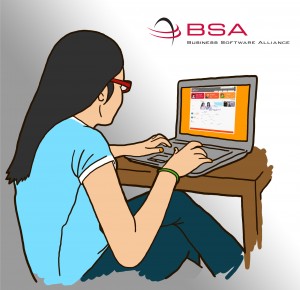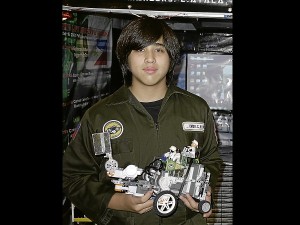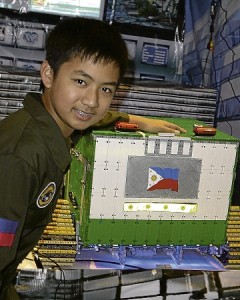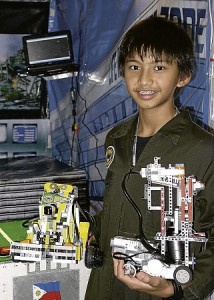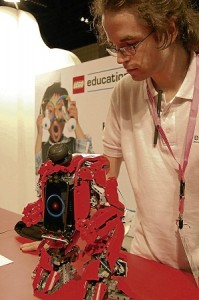 MANY
parents are not familiar with the digital media, particularly the
Internet, and would like to be trained on modern communications
technology, Manila Archbishop Luis Antonio G. Tagle has noted.
MANY
parents are not familiar with the digital media, particularly the
Internet, and would like to be trained on modern communications
technology, Manila Archbishop Luis Antonio G. Tagle has noted.
Expressing
concern over the negative impact on the very young of digital
communications, Tagle called on the Catholic Mass Media Awards (CMMA) to
spearhead initiatives to provide training and assistance to parents and
teachers.
The Manila archbishop
received the board of trustees and officers of the CMMA Foundation on
Wednesday, January 18, who paid a courtesy call on him at his office in
Intramuros, Manila.
They
were led by Ambassador Antonio L. Cabangon Chua, CMMA chairman and
president, and Fr. Rufino C. Sescon Jr., executive director.
During
the call, Tagle renewed the appointment of Cabangon Chua as CMMA head,
expressing thanks to the businessman for supporting the CMMA for the
past 12 years; the late Jaime Cardinal Sin named him to the post in
2000.
Tagle said
parents, and even teachers, need an organization that could train them
so that they could guide their children properly on the use of the
Internet and other modern communications means.
Citing
an example of the negative impact of the Internet on the young, Tagle
recalled a case in a Cavite town when “parents panicked after one
high-school student committed suicide and they discovered that a number
of others were about to do the same, following directions from a chat
room.”
“Guiding
not only children but also their parents would be an interesting
advocacy to take up, maybe in partnership with a group. Even teachers
are asking how to guide their students in the proper use of the
Internet,” he told the CMMA.
Because
of the power of modern technology to transmit information, news and
developments rapidly across the world, the mass media today are more
than just about communication but have become “social communications
that have generated their own culture, which is why the mass media and
communication have come together.”
Tagle
referred to the initiatives being taken by Pope Benedict XVI to
encourage the use of modern communications media in evangelization.
“This Pope is like no other in his appreciation of the power of
communications technology,” he said.
He
praised the CMMA for inspiring mass media workers to produce works that
are rich with Christian values and positive Filipino ideals, saying
that he is aware that the CMMA remains the most prestigious awards
giving body.
“It
is amazing to hear how CMMA awardees, particularly those in the
broadcast and radio, are so proud to announce over and over again in
their programs that they have won the CMMA,” Tagle said.
In
the course of the more than an hour-and-a-half meeting, Cabangon Chua
presented to the Archbishop as a gift a painting of the crucified Christ
done by an Italian artist.
The
CMMA was established in 1976 by Sin, then archbishop of Manila, as a
means by which the Archdiocese of Manila could pay tribute “to those who
serve God through the media.”
In Photo: Manila
Archbishop Luis Antonio G. Tagle (center) speaks with Ambassador
Antonio L. Cabangon Chua (at Tagle’s left), chairman and president of
the Catholic Mass Media Awards (CMMA), at the Manila Archdiocese office
in Intramuros, Manila. Joining them are other offi cials and trustees of
the body — Fr. Rufino C. Sescon Jr., Benjamin V. Ramos and engineer
Feorelio Bote (with his back to the camera).
